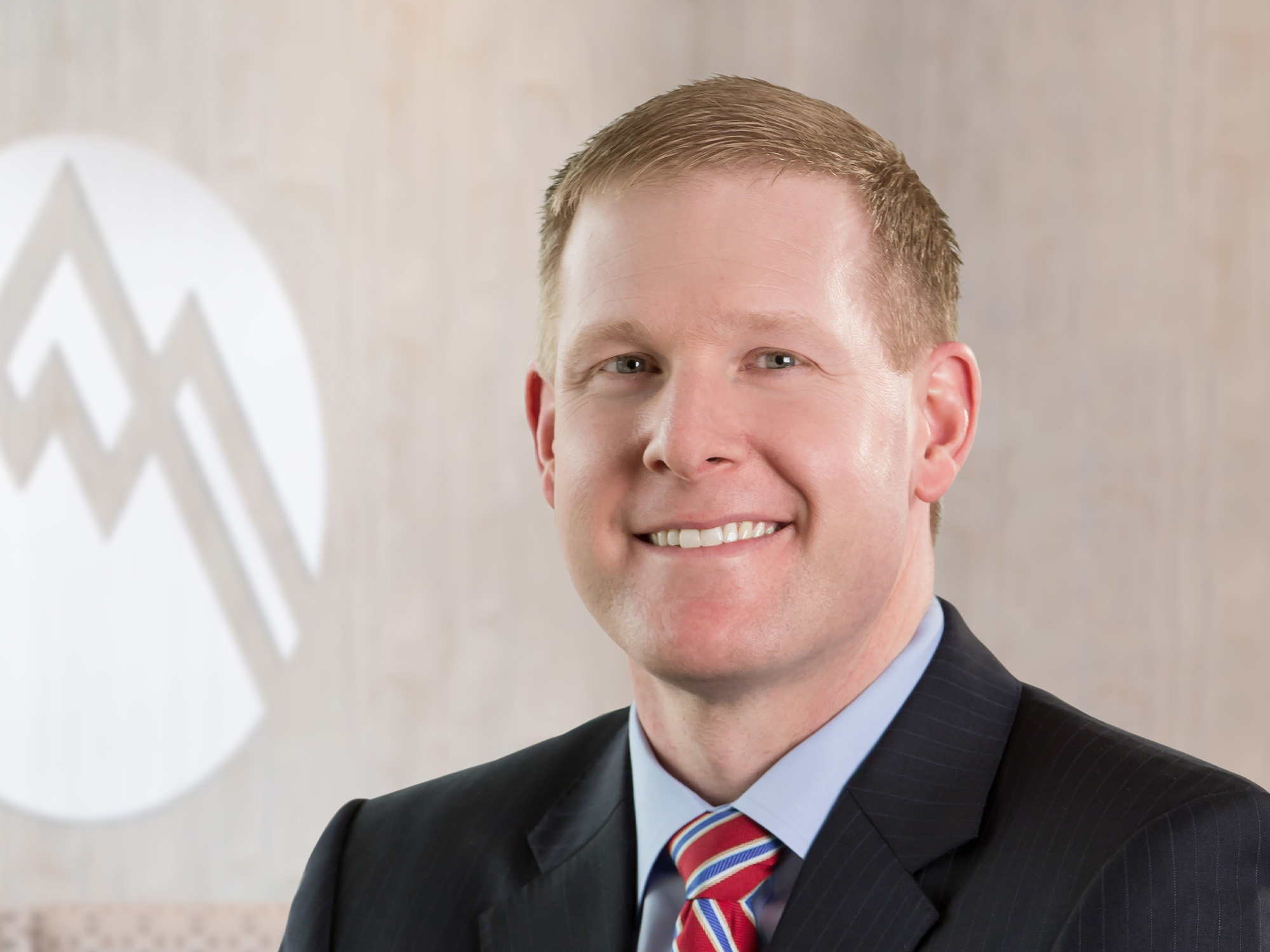When conservative treatments no longer control back pain, fusion and disc replacement procedures are surgeries that you and your surgeon may consider.
The flexibility of our spine enables us to engage in the work and leisure activities we enjoy. Over time, however, age and disc degeneration can restrict spinal mobility. Back pain is a significant cause of disability, and an estimated 70 to 80 percent of us will experience back problems at some point in our lives. Learn more about surgical spine procedures available, and when they make sense as a treatment option.
The vertebrae of the spine are separated by discs. Each normal healthy disc has a cushioning center surrounded by a thick band of tissue. When the disc is injured or degenerates, it can collapse, which may cause pain and loss of range of motion.
Surgical spine procedures
Conservative non-operative therapies focus on controlling pain. When these therapies cease to be effective, advances in spine surgery can control pain with improved recovery and mobility after surgery. Appropriate surgical treatments for spinal degenerative disc disease vary based on whether the diseased disc is in the neck (cervical spine), middle of the spine (thoracic spine), or lower (lumbar) spine; how many discs require repair; and on the overall condition of the patient.
Lumbar fusion surgery
This is a procedure that fuses two or more vertebrae together in the spine. The diseased disc between the two fused vertebrae is sacrificed, as is mobility between the two fused vertebrae. Spinal fusion was first used to treat fractures, and is now also used to treat age-related spinal problems, herniated discs, and spinal stenosis. It is considered the “gold standard” for treating low back pain when nonsurgical methods cease to be effective. Fusion surgery can improve back pain, but the patient does lose mobility in the segment of the spine that is fused.
Total Disc Replacement
Artificial, or total disc replacement surgery, is a fairly new surgery that removes the diseased spinal disc pad between the bones, and replaces it with a mechanical disc device that mimics the function of the disc. This surgery can reduce pain, improve post-surgical recovery time, and preserve the patient’s natural range of motion.
When back surgery becomes appropriate, you and your physician can review your procedure options and make the choice that is best for your condition and circumstances.
Summit Orthopedics offers comprehensive spine expertise
Our back specialists diagnose spine problems and design custom treatment plans built on a conservative, nonsurgical approach. Most patients find relief through treatments including guided injections, specialized physical therapy, biofeedback, exercise, activity modification, and medication. When conservative care does not relieve symptoms, our highly skilled surgeons offer proven, evidence-based surgical options. Together with you, we will determine the right course of action.
Start your journey to a healthy spine. Find your spine expert, request an appointment online, or call us at (651) 968–5201 to schedule a spine consultation.
Summit has convenient locations across the Minneapolis-St. Paul metro area, serving Minnesota and western Wisconsin. We have state-of-the-art centers for comprehensive orthopedic care in Eagan, MN, Plymouth, MN, Vadnais Heights, MN, and Woodbury, MN, as well as additional community clinics throughout the metro and southern Minnesota.
More resources for you
- Check out the article: What is Spinal Fusion Surgery?
- Learn more: What Is A Minimally Invasive Spine Fusion?
- Meet Dr. Trevor Wahlquist
- Read the article: How Do You Evaluate Surgical Options For Degenerative Discs?
- Watch the video: Replacing Damaged Discs
- Ask Dr. Nick Wills: What Steps Does Summit Take To Manage Spine Pain Safely?

